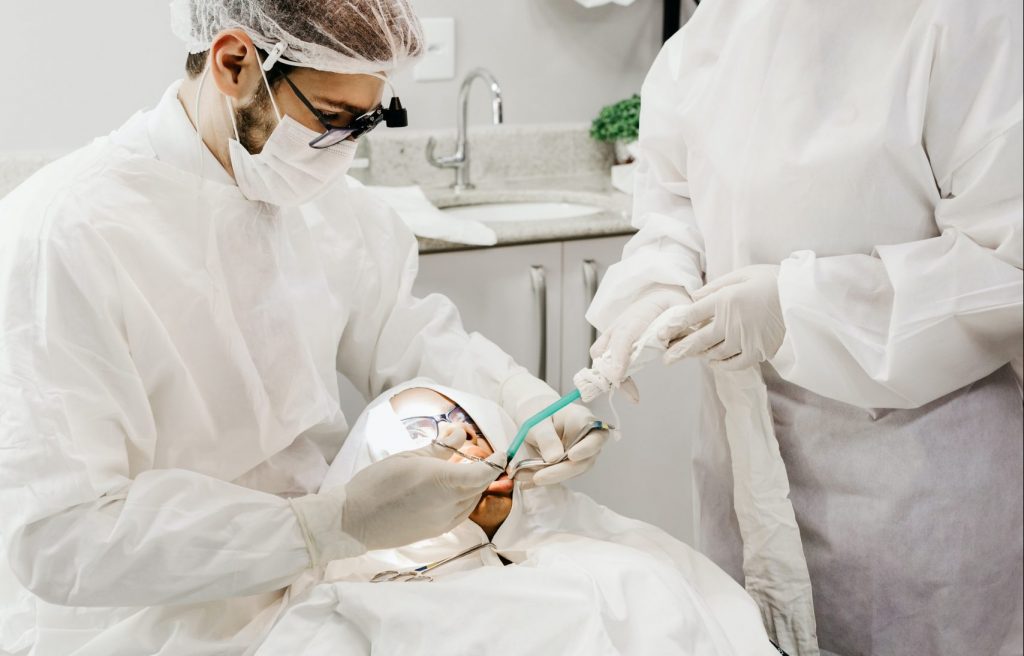With the changing scenarios in education, the demand of the necessary skill-set and a general need to continuously update the screening process, the All India Pre-Medical Test (AIPMT) was renamed to NEET with multiple changes in the exam. NEET is the National Eligibility cum Entrance Test held at both Undergraduate and Postgraduate levels for various medical courses. At UG Level, students qualify for:
- Medicinae Baccalaureus Baccalaureus Chirurgiae (MBBS)
- Bachelor of Dental Surgery (BDS)
(equivalent courses offered by AYUSH):
- Bachelor of Homeopathic Medicine and Surgery (BHMS)
- Bachelor of Ayurvedic Medicine (BAMS)
- Bachelor of Eastern Medicine (BEMS)
- Bachelor of Unani Medicine and Surgery (BUMS)


At PG Level, NEET is an eligibility criteria for MD, MS and other diploma courses. It is conducted at a national level by the National Testing Agency (NTA) which reports to the Ministry of Health and Family Welfare and the Counselling Authorities for execution of the results, admissions, etc. More than 10 Lakh students appear for the exam and compete for around 50,000 seats offered in government and private medical colleges in India.
The data itself tells the level of cut-throat competition, the hopes of the candidates and the popularity of the exam. NEET was set to be conducted in 2012 but certain hurdles faced by the Central Board of Secondary Education (CBSE) and Medical Council of India delayed it by a year. The motive behind the exam was to conduct a single entrance exam for all medical aspirants and avoid the hassle of appearing in various exams held at State or at University level.


The government sought to merge the UG and PG level exam also. The exam was held but after facing much backlash from the states regarding difference in syllabi and language for attempting the exam being limited to Hindi and English along with accusations by educational institutes that the Medical Council of India interfered with the internal admission process, NEET 2013 was quashed. There were, however, necessary changes made. The medium language now included: Assamese, Bengali, Gujarati, Hindi, Kannada, Marathi, Oriya, Tamil, Telugu, Urdu and English with the exam divided into NEET (UG) and NEET (PG). In 2020, entrance exams for prestigious institutes like AIIMS and JIPMER.
The eligibility criteria for NEET varies as per the candidate’s category:
The maximum AGE LIMIT as on December 31 of the year of admission should be 25 years (Unreserved), 30 Years (Reserved) with minimum age being 17 years for all categories.
The AGGREGATE PERCENTAGE in Intermediate should be 50% (Unreserved), 45% (Physically Handicapped, PH), 45% OBC/SC/ST.
The candidate must have the following SUBJECTS in his/her Intermediate: Physics, Chemistry, Mathematics or Biology/Biotechnology.


Every year this exam is an opportunity for the doctors of the future. The exam is objective with 180 multiple choice questions asked from Physics, Chemistry, Biology, Zoology and Botany. Each question carries 4 marks and 1 mark is deducted for every wrong answer. This makes it crucial for the candidate to attempt carefully. Given the ratio of candidate to available seats, even a difference in decimal scores makes a huge difference.
Preparation and proper mindset which comes from good practise can help you ace any exam. NEET is a difficult exam but one can ace it with firm determination.






